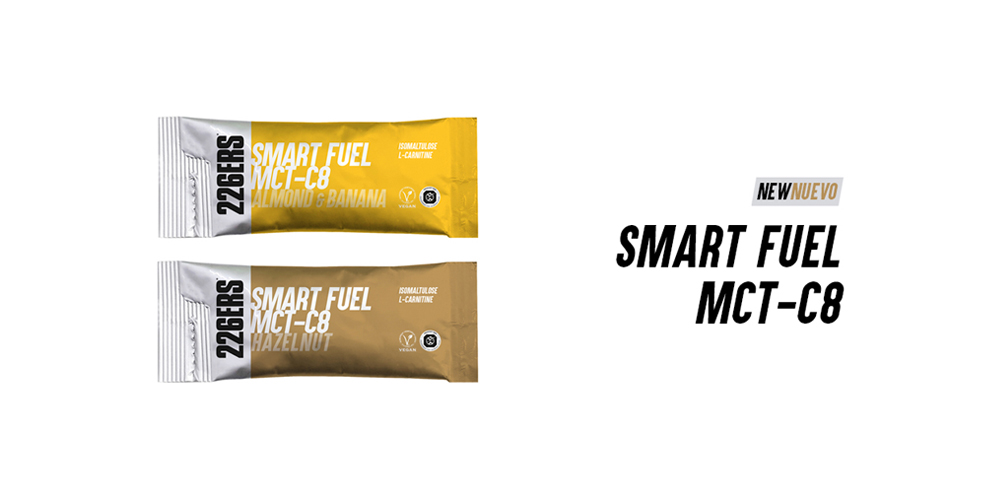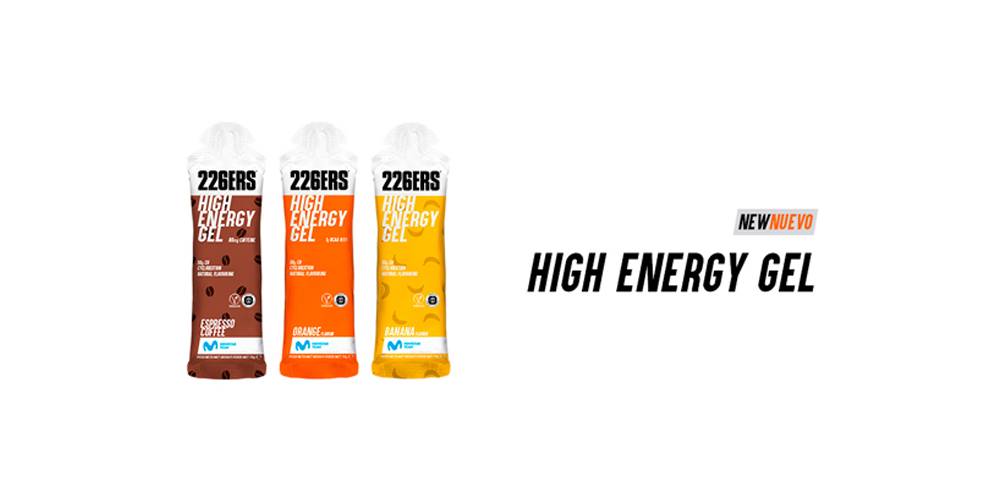As we discussed in a previous post, having the correct diet is something basic when it comes to health and searching for the best possible performance. We also commented that although an adequate diet is followed, with regard to what food supplements add, the answer lies in what we are unable to obtain from our diet. That is to say that there are specific substances that our diet lacks, ones that can be replaced by using food supplements.
Here we will list the most common supplements and how we should take them.
Mineral salts: The main salts used by the triathlete are sodium, potassium and magnesium. These salts play an important role in muscle contraction while also helping to retain the correct amount of water in order to stay hydrated, as is the case, for example, of sodium salts. Mineral salts enrich the water consumed, add 0kcal and are extremely important when perspiration levels are high especially in hot environments or when doing indoor training. The easiest way to consume mineral salts is dissolved in water, although this is commonly confused with drinks labeled “salts” which also include carbohydrates and are not purely mineral-based salt drinks. Bars and energy gels can also contain an extra amount of these minerals. Mineral salts can also be found available in purer states such as salt capsules, which can be dissolved in water with or without carbohydrates, or mixed with other products such as energy gels and bars. Roughly 500 to 1000mg per hour of sodium may be required.
Carbohydrates: This is the medium and high intensity fuel that is fundamental when competing. The following recommendations should always and only be considered when having practiced and become accustomed to consuming these quantities beforehand in training:
- Sprint races 30g/h of carbohydrates.
- Olympic distance races 60g/h carbohydrates.
- 60-90g/h in middle- / long-distance races.
Carbohydrates can be obtained by consuming gels, salts, gummies or energy drinks (ones which are labeled “salts”). In order to “suit the tastes of the consumers”, one or the other can be consumed depending on the triathletes preference or the training environment they find themselves in be it indoor or outdoor.
Caffeine: This is a stimulant that is less permitted due to the adverse effects it can cause. It is recommended that a dose of 3-6mg/kg of weight be followed; depending on how accustomed the athlete is to it. It should also be taken into account that the peak moment is 30-45minutes after ingestion with its effects lasting roughly 45 minutes over the course of 6 to 8 hours. In the case of sprint / Olympic races, it is recommended that caffeine is consumed before starting while in the case of middle- and long-distance races it is better to consume caffeine in smaller doses spread over the course of the event.
Recovery products: As the name indicates, they accelerate and ease the recovery process. There are various types available, however the most common are the recovery ones found bound to sports and competition. These ones tend to contain a mixture of carbohydrates and proteins with the principle aim of restoring depleted glycogen reserves in the muscles and push the process of repairing “microstructures” in the muscle tissues that have been damaged after training. There are also other ‘slower’ recovery products that are used during intense periods of training with the main aim of helping the recuperation process day after day. The protein casein can be found within these recovery products and is one that favours ‘slow recovery’, as is the case with other products that favour tissue regeneration and help to allow for better rest when sleeping.
Protein: The term protein refers better to amino acids. Ideally consumed in a mixture of at least 8 essential amino acids and measured in a dose of 20-25g after strength training or consumed to help with recovery after a demanding session. The best protein is ‘whey’ protein. Apart from having lower biological values, vegetable proteins require a higher quantity per dose in order to obtain the same effect as whey protein.
Glutamine: The main function of this amino acid is to provide nutrients for the white blood cells in the body. It can be used to help with recovery or during intense training periods when the immune system can find itself depleted.
Creatine: This is the fuel required for anaerobic alactic training and could become key when both strength and speed have higher importance. It should be taken into account that strength and speed help an athlete to improve performance in endurance sports and this supplement could be key and should not be overlooked.
BCAAs: They consist of three amino acids called valine, leucine and isoleucine. They can be consumed to help with recovery after strength or intensive training sessions (if proteins are not used). BCAAs can also be used during training or long-distance races given that the oxidation of the BCAAs can also provide energy but at the same time cause fatigue too. This oxidation can be reduced over time thanks to the ingestion of added BCAA supplements. It should be considered that a higher quantity of leucine improves this effect.
By Jesús Sánchez Bas and Guillermo Olcina Camacho.
Original font: Revista Triatlón



